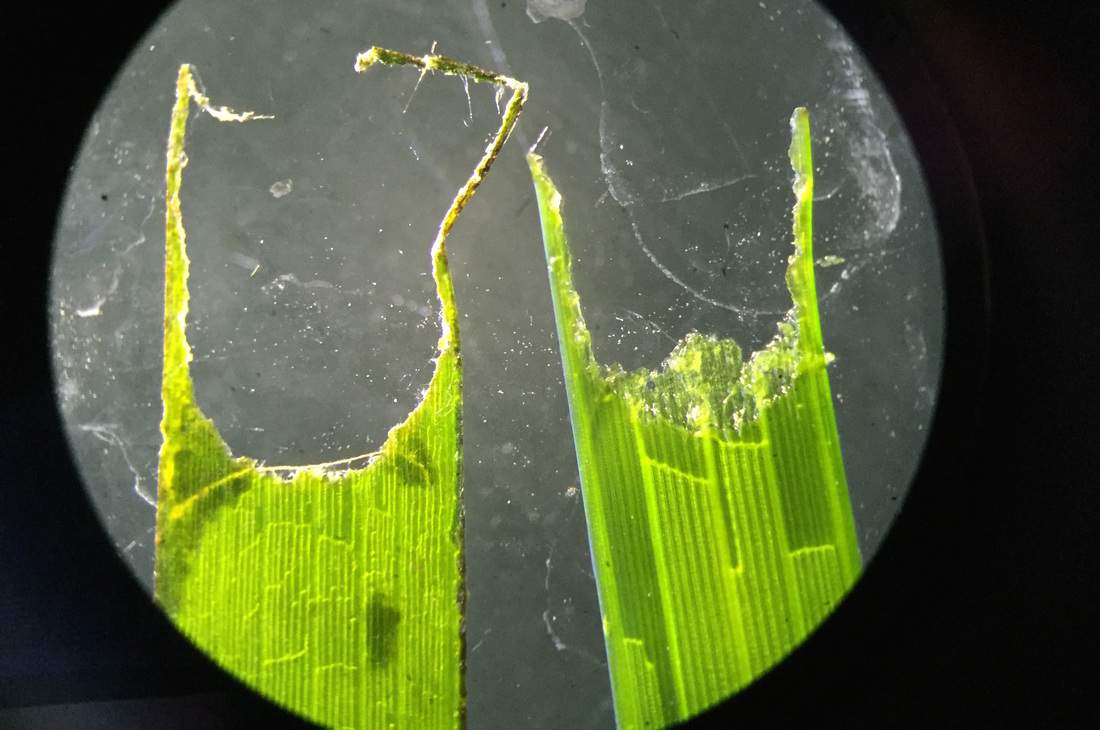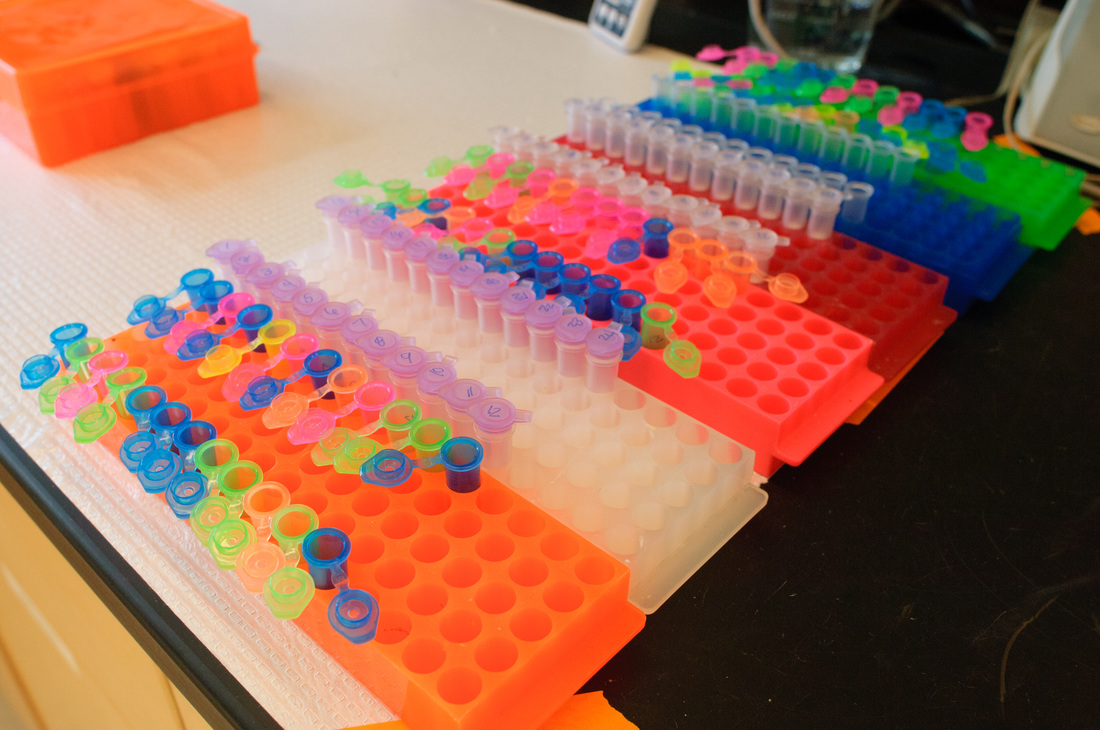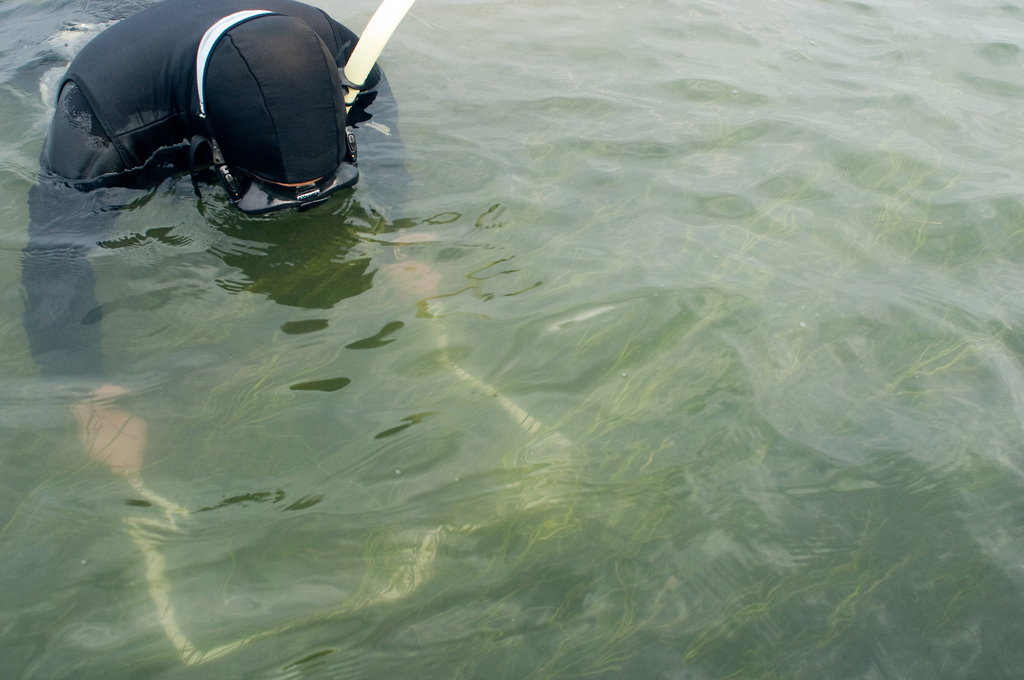We can use science to improve ecosystem restoration
My research has implications for bridging gaps in ecology theory and practical application to the definition and implementation of good conservation and restoration practices. I have shown that seagrass restorations that are more genetically diverse are more stable and more successful in terms of providing services. My work has also shown that in contrast to restoration using adult plants (the most traditional method), restoration using seeds maintains the genetic diversity of donor sites. So finding and using a diverse source is important.
My current work resampling meadows from systems which vary in their plant life history, hydrology, and anthropogenic influence shows that allelic frequencies and small scale distribution of genetic diversity are remarkably unchanged over a 10 year time period, suggesting that in systems not undergoing dramatic decline, older descriptions of genetic diversity and structure are reliable for selection of restoration donor material.




